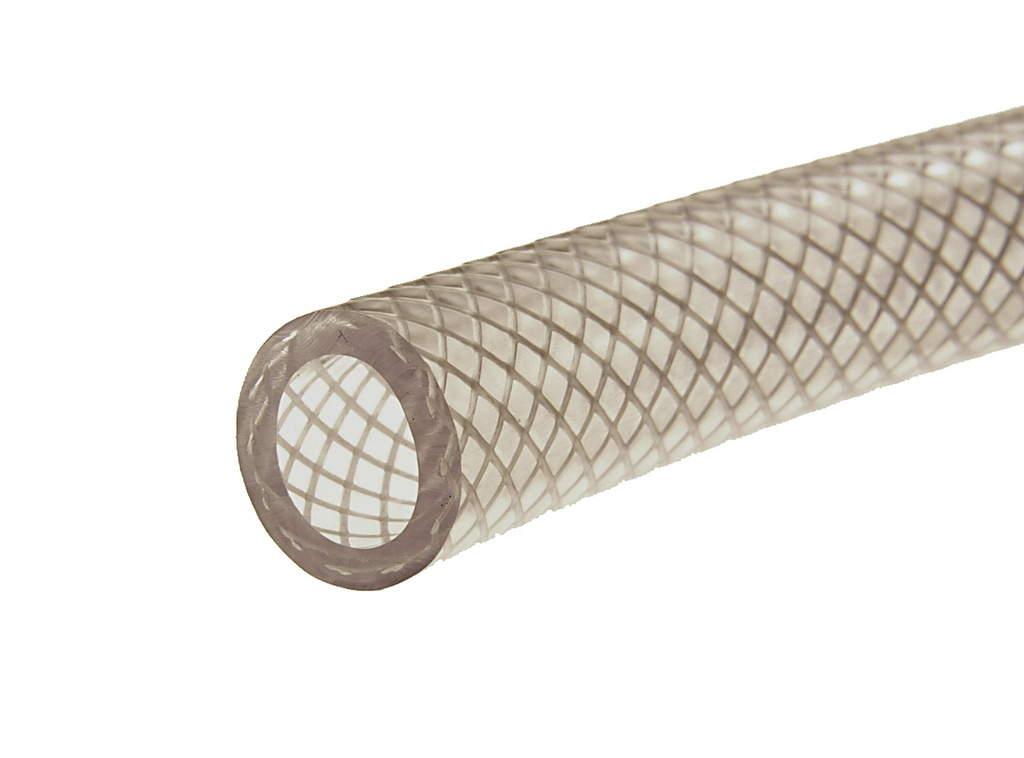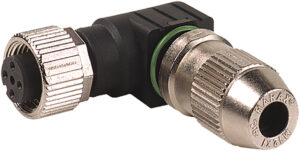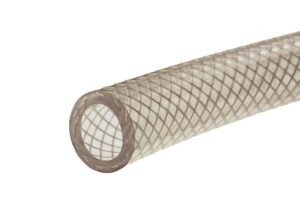
Pipes Tubing and Hoses
Behind every successful mechanical or industrial system lies an efficient fluid or air delivery network. Pipes, tubing, and hoses act as the critical channels that transport liquids, gases, or semi-solids across various settings. These components are essential not just in large manufacturing environments but also in laboratories, residential utilities, agriculture, and mobile equipment.
This blog takes a closer look at what makes these fluid-conveying tools different, their practical applications, and why selecting the right one is vital for system reliability and performance.
What Are Pipes, Tubing, and Hoses Used For?
Pipes, tubing, and hoses are chosen based on their structural form, flexibility, and ability to withstand specific operating conditions. Understanding their use cases helps in designing systems that are safe, efficient, and cost-effective.
Pipes
- Serve as rigid channels primarily used in permanent installations
- Designed to handle high pressure and long-term service
- Frequently used in plumbing, water lines, oil transmission, and structural applications
Tubing
- Offers precision in wall thickness and outer diameter
- Used in systems where tight flow control is necessary
- Common in instrumentation, chemical dosing, and healthcare setups
Hoses
- Highly flexible with the ability to handle movement and vibration
- Feature layers of reinforcement for pressure durability
- Found in mobile systems like vehicles, machinery, and handheld equipment
Which Industries Rely on These Components?
The versatility of pipes, tubing, and hoses allows them to support diverse sectors, each requiring specific designs and material characteristics to meet their operational demands.
Manufacturing and Automation
- Carry hydraulic fluids, coolants, and compressed air to power machines
- Deliver chemicals in production lines and bottling systems
Healthcare and Laboratories
- Ensure sterile fluid transfer in diagnostic and therapeutic devices
- Used for gas supply in dental and surgical equipment
Agriculture
- Irrigation hoses distribute water efficiently in fields and greenhouses
- Tubes deliver nutrients and pesticides in precision farming systems
Automotive and Aerospace
- Fuel, brake, and lubrication hoses keep systems operational under extreme conditions
- Tubes manage airflow and fluid routing in tight engine compartments
How Does Material Choice Affect Performance?
The performance of pipes, tubing, and hoses depends largely on their material composition. Each application has unique requirements based on the chemical nature of the media, operating temperature, and pressure.
Common Material Types
- Steel and Stainless Steel: High tensile strength and corrosion resistance for industrial pipes
- Copper: Excellent thermal conductivity, used in refrigeration and plumbing
- PVC (Polyvinyl Chloride): Lightweight, cost-effective, and chemical resistant
- PTFE (Polytetrafluoroethylene): Non-stick and chemically inert, perfect for aggressive fluids
- Nitrile Rubber: Durable and oil-resistant, suitable for automotive and machinery hoses
- Silicone: Heat-resistant and flexible, ideal for food-grade and medical tubing
Material compatibility ensures long-term performance and prevents issues like swelling, cracking, or contamination.
What Factors Determine the Right Selection?
Each system has specific needs. Choosing the wrong type of fluid conduit can lead to failure, downtime, or even hazardous situations. To avoid this, it’s important to evaluate several technical and environmental conditions.
Key Considerations
- Operating Pressure: Ensure the component is rated for the system’s peak and surge pressures
- Temperature Range: Select materials that tolerate minimum and maximum system temperatures
- Chemical Compatibility: Prevent material degradation due to fluid interactions
- Flexibility Needs: Opt for hoses in dynamic systems and pipes or rigid tubing for static setups
- Installation Space: Compact systems may benefit from flexible tubing or coiled hoses
A well-matched component improves performance, safety, and ease of maintenance.
What Are the Most Common Connection Types?
Fittings and connectors play a vital role in ensuring leak-proof and secure connections. Each type of component pairs with specific fittings depending on its design and intended use.
Common Connection Styles
- Threaded fittings for pipes and rigid tubing
- Push-to-connect fittings for pneumatic tubing
- Barbed fittings for flexible hoses
- Compression fittings for applications needing airtight seals
Compatibility between the component and its connector ensures ease of assembly and reliable operation.
How Do Standards Ensure Safety and Quality?
To maintain safety and functionality across industries, pipes, tubes, and hoses must comply with international manufacturing standards. These regulations help in benchmarking performance, ensuring quality, and maintaining system compatibility.
Notable Standards
- ASTM and ASME for mechanical and material properties
- ISO for global quality and consistency
- NSF and FDA for food and medical applications
- SAE for automotive-grade components
Using components with certified standards reduces risk and ensures seamless integration into industrial systems.
What Innovations Are Enhancing System Efficiency?
Ongoing developments in fluid management technologies are pushing the boundaries of what these components can achieve. Modern demands focus on smart performance, sustainability, and cost savings.
Technological Advancements
- Anti-kink and memory-free hoses for reduced tangling in compact spaces
- Self-healing materials that prolong component life under harsh conditions
- Embedded sensors for real-time pressure and temperature monitoring
- Quick-connect fittings for faster installation and maintenance
These features increase system uptime, minimize waste, and offer predictive maintenance capabilities.
How to Ensure Longevity and Optimal Function?
Maintenance routines extend the lifespan of these components. Even premium-grade pipes, hoses, or tubing can fail prematurely if neglected.
Best Practices
- Visually inspect for wear, cracks, or signs of fatigue
- Monitor flow rates and pressure regularly to detect clogs or restrictions
- Replace aged hoses and tubes before scheduled failure
- Avoid excessive bending or pulling at connection points
- Use protective sheaths in abrasive or UV-prone environments
A preventive approach reduces repair costs and enhances system safety.
Conclusion
Pipes, tubing, and hoses are more than functional necessities; they are the foundation of fluid and gas systems across nearly every industry. Their correct selection, material match, and timely maintenance determine how effectively a system performs under pressure.
Engineers, technicians, and buyers must assess application-specific requirements to make smart choices. With the right component in place, systems operate more reliably, last longer, and deliver measurable efficiency gains.



